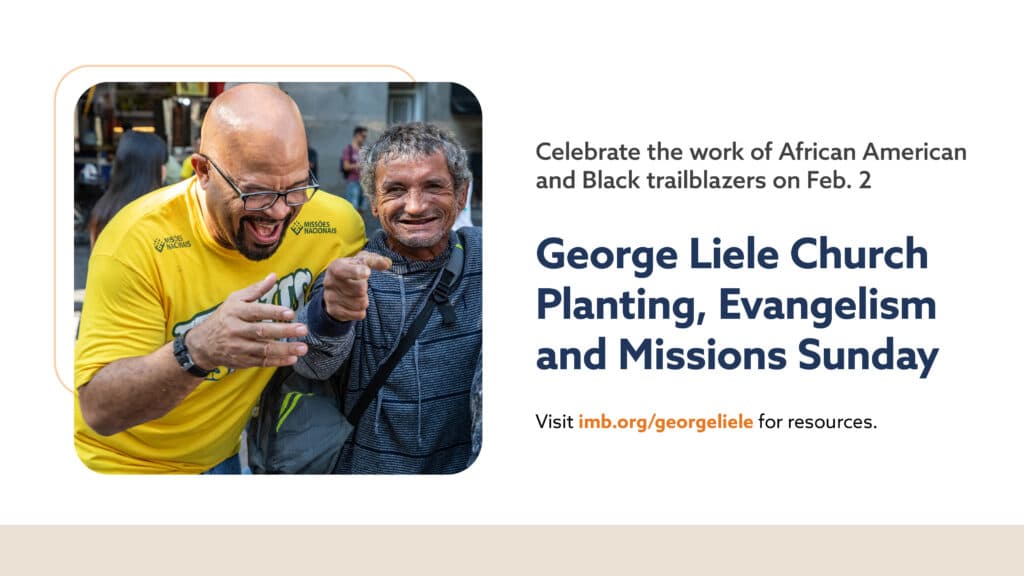The Last Supper by Leonardo da Vinci is bigger than you think. It’s not in a frame hanging in a museum. In fact, it’s larger than life, measuring twenty-three feet tall and twenty-nine feet wide, painted on a wall in a convent in Milan, Italy. It’s not only bigger than you expect, it’s been a big challenge to maintain.
When da Vinci painted what is now one of the world’s most recognizable masterpieces, he unwisely chose materials that generations have struggled to maintain. For instance, the plaster on the wall and the paint itself started chipping and fading during the painter’s lifetime. Multiple inadequate attempts at restoring the original color and beauty of the artwork, in most cases, made it worse. Then in 1999, about five hundred years after da Vinci completed the fresco, a multi-year restoration project was completed. Today, the latest attempt at maintaining the art, involving 21st century air filtration technology installed at the church, is currently underway.
Why have so many people for so many centuries worked so hard and spent so much money to restore da Vinci’s work? Put simply, the value of the work demands it. It cannot be replaced, so it must be restored.
The church of Jesus is like that in a way. It can never be replaced, but it can be revived when dying, restored when damaged and revitalized when declining. The value of the church is incalculable, so restoring it, reviving it and seeing it revitalized is worth our best effort. Today about 80 percent of our Southern Baptist churches are stalled or declining. It’s a staggering number. While the Southern Baptist Convention has properly focused a lot of training, money and effort on church planting, there is a renewed effort today at revitalizing existing churches. How important is church revitalization? The statistics tell the story. Of our 47,500 Southern Baptist churches, only slightly less than 700 of them were started last year. No matter how generous we are with the math, we quickly realize that at least more than 40,000 churches are existing churches, and 80 percent, or at least 32,000, of them are plateaued or are in decline. Church revitalization is an urgent concern.
Many of our SBTC churches are existing churches that can benefit from what we’re learning today about church revitalization. Imagine hundreds of existing churches in Texas—currently in decline—experiencing a reversal of that trend. Imagine hundreds of our churches starting to grow again. The change could come if churches admit the need and seek the help.
Fortunately, the SBTC is a leader in church revitalization. For instance, on our SBTC website you can find our SBTC Church Revitalization app. It contains videos, book reviews, forms and a lot of other material to help pastors lead their churches through a church revitalization process. Your own church prayer ministry, the preaching ministry, leadership, evangelism, discipleship and many other existing ministries, when properly focused and renewed, can help revitalize your church. The SBTC Church Revitalization resources can help.
Our churches can get healthy, and they can grow again. And like the famous restorations of da Vinci’s Last Supper, our churches are worth the investment it takes to revive them. Perhaps more importantly, our churches—revived and revitalized—are a gift to the communities where they exist. A revitalized, revived church is a brilliant testimony to the miracle-working power of our God and a bright light in the darkness for souls who will be saved through the ministries of our churches. Through the SBTC you can find numerous models of revitalization, including assistance with mergers, replanting, covenant revitalization, consultant lead, spiritual renewal and more.
Pastors, don’t hesitate to get help. Let’s work together to see our churches revitalized. Contact the SBTC. The greatest restored masterpiece in your community won’t be a da Vinci painting; it will be the church awakened and alive again!














